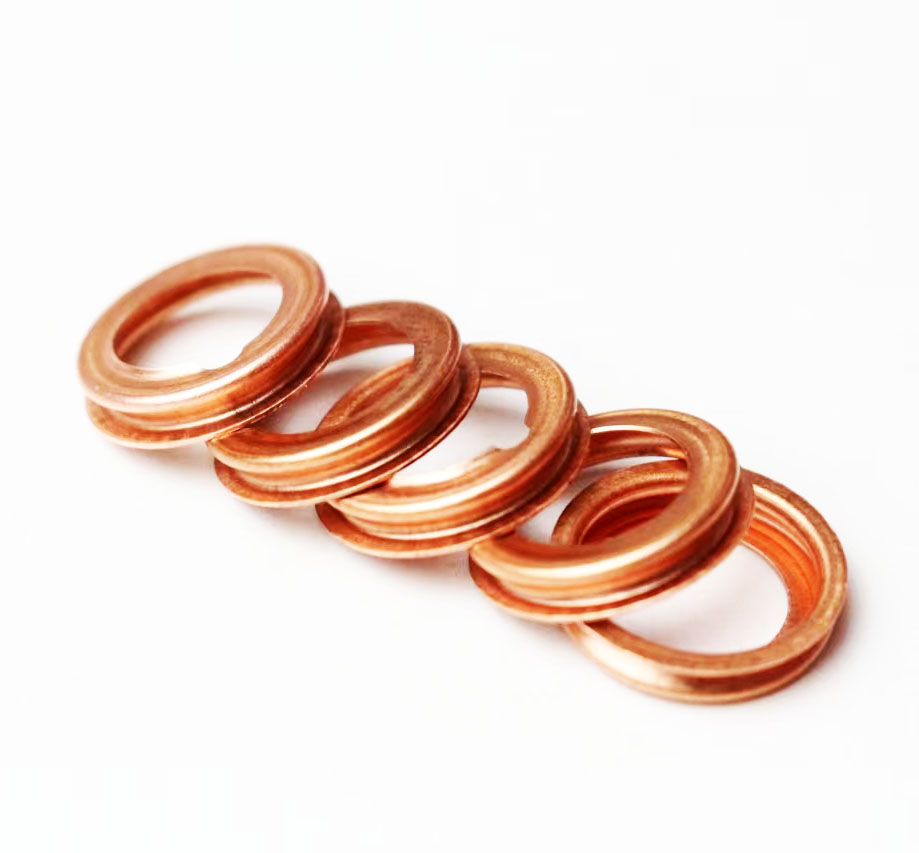flat flange gasket
The Importance of Flat Flange Gaskets in Industrial Applications
In various industrial settings, the efficiency and reliability of machinery often depend heavily on the components used to join different parts together. One such vital component is the flat flange gasket. While these simple-looking rings may appear mundane, they play a critical role in ensuring sealed connections between flanged parts of piping systems and machinery.
What is a Flat Flange Gasket?
A flat flange gasket is a sealing device placed between two flat flanges to prevent the leakage of fluids, both liquids and gases. These gaskets are typically made from a variety of materials, including rubber, graphite, metal, or composite substances, which are selected based on specific application requirements. The primary function of a flat flange gasket is to fill the microscopic gaps between the flanges, thus creating a tight seal that withstands pressure, temperature variations, and corrosive substances.
Types of Flat Flange Gaskets
There are several types of flat flange gaskets, suited to different industrial applications
1. Rubber Gaskets Commonly used in water and low-pressure applications, rubber gaskets are flexible and provide a good seal against leakage. However, they are not suitable for high-temperature or high-pressure situations.
2. Graphite Gaskets These gaskets can endure extreme temperatures and pressures, making them ideal for industries such as petrochemical and power generation. Graphite gaskets can also resist corrosive chemicals, ensuring durability and longevity.
3. Metal Gaskets Made of materials like stainless steel, metal gaskets are often used in high-pressure and high-temperature environments. They provide excellent sealing properties and can withstand severe conditions.
4. Composite Gaskets Typically made of a mixture of materials, composite gaskets combine the properties of various materials, offering strength and flexibility. They are versatile and widely used in numerous systems.
Applications of Flat Flange Gaskets
Flat flange gaskets find their applications in numerous industries, including
flat flange gasket

- Oil and Gas In pipelines that transport crude oil and natural gas, flat flange gaskets are essential in preventing leaks, which can lead to environmental disasters and loss of resources.
- Chemical Processing Due to the need for containment of hazardous chemicals, flat flange gaskets play a vital role in maintaining safety and preventing leaks.
- Power Generation Gaskets are used in turbines, heat exchangers, and other machinery to ensure efficient operation and avoid costly downtimes caused by leaks.
- Water Treatment In municipal water treatment facilities, flat flange gaskets help in maintaining the integrity of pipelines and tanks, ensuring clean and safe water supply.
Selecting the Right Flat Flange Gasket
Choosing the right flat flange gasket involves considering several factors
- Material Compatibility Understanding the type of fluid or gas that the gasket will be in contact with is crucial. Some materials might react adversely with specific substances, leading to degradation of the gasket.
- Temperature and Pressure Ratings Each gasket type comes with its own temperature and pressure tolerances. Selecting a gasket that meets or exceeds the operational parameters is essential for safety and performance.
- Size and Thickness Accurate measurements are necessary to ensure that the gasket fits snugly between the flanges. An improper fit can lead to leaks and failures.
- Standardization Many industries adhere to standard gasket sizes and materials. Referring to industry specifications can simplify the selection process.
Conclusion
Flat flange gaskets, though often overlooked, are indispensable in ensuring the safety and efficiency of industrial operations. Their selection and maintenance are critical to preventing leaks, minimizing downtime, and maintaining the integrity of systems. By understanding the importance of these components and their appropriate applications, industries can enhance safety protocols and operational reliability, paving the way for a more efficient and sustainable future.
-
Understanding the Front Main Engine Seal: Purpose, Maintenance, and Installation
News Jul.29,2025
-
Understanding O-Rings and Seal Rings: Types, Applications, and Custom Solutions
News Jul.29,2025
-
Understanding Crankshaft Oil Seals: Rear Seals, Pulley Seals, and Their Role in Engine Integrity
News Jul.29,2025
-
The Importance of Front and Rear Crankshaft Seals in Engine Performance and Oil Management
News Jul.29,2025
-
Crank Oil Seals: Functions, Types, and Cost Considerations in Engine Maintenance
News Jul.29,2025
-
A Comprehensive Guide to O-Rings and Seals: Types, Materials, and Global Applications
News Jul.29,2025
-
Mastering Diesel and Performance Engine Maintenance: A Guide to Critical Oil Gaskets
News Jul.28,2025
Products categories















